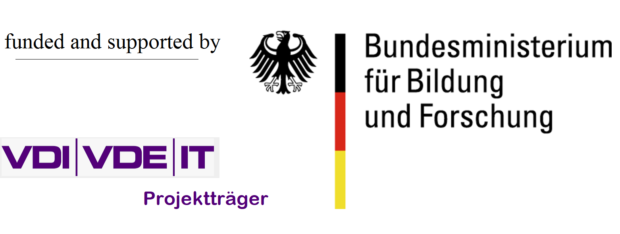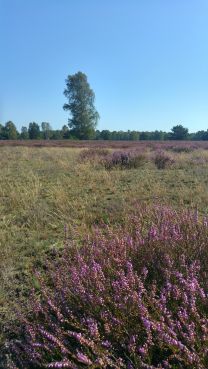

The legal framework as basis of our work
“A protected area is a clearly defined geographical space, recognised, dedicated and managed, through legal or other effective means, to achieve the long term conservation of nature with associated ecosystem services and cultural values.” (International Union for Conservation of Nature, IUCN Definition 2008)”
For the protection of nature, species and landscape there are various types of protected areas:
- Large-scale protected areas such as national parks, biosphere reserves, nature parks;
- Medium-sized protected areas, such as nature reserves, landscape protection areas, natural monuments, protected landscape elements or legally protected biotopes;
- The European network Natura 2000 with Special Protected Areas and Special Areas of Conservation (German: FFH-Gebiete).
The latter also applies to large parts of the Kyritz-Ruppiner Heide. The aim of Natura 2000 is to create a network of interconnected protected areas in Europe, which designates special species and habitat types as particularly worthy of protection and ensures their preservation. The favourable conservation status of the habitat types and their species is to be guaranteed and restored in their natural range. These areas are registered in the European Union and subject to a conservation requirement as well as to a ban on deterioration, which are reviewed every six years. To meet the requirements, the responsible organizations draw up management and action plans for the sites. The exact framework conditions for this are mainly determined by two legal provisions: The Birds Directive, which applies to bird sanctuaries (also known as Special Protected Areas “SPA”), and the Fauna-Flora-Habitat Directive (FFH Directive), which applies to FFH areas (also known as Special Areas of Conservation “SAC”).
text by Julian Wendler & Dr. Matthias Wichmann



